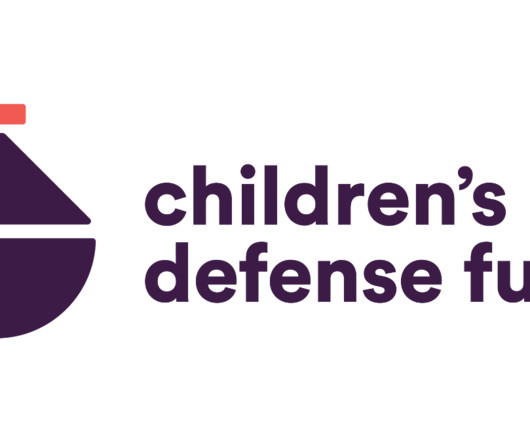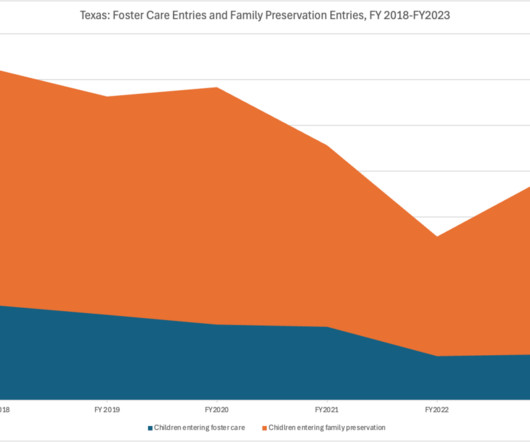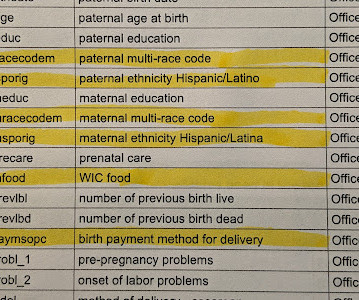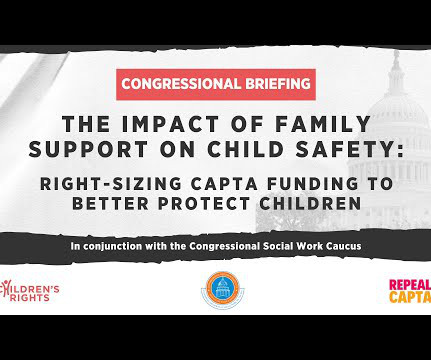Ohio Children’s Budget Coalition Releases FY ’26-’27 Budget Report, Urges Lawmakers to Adopt 70+ Child Friendly Proposals
Children’s Defense Fund
MARCH 25, 2025
Implement a waiver for continuous Medicaid coverage for children ages 0-3, with potential expansion to age 6. Expand Medicaid/Childrens Health Insurance Program eligibility to 300% of the federal poverty line. Provide full tuition and cost coverage at Ohio universities and colleges to students who have experienced foster care.

















Let's personalize your content